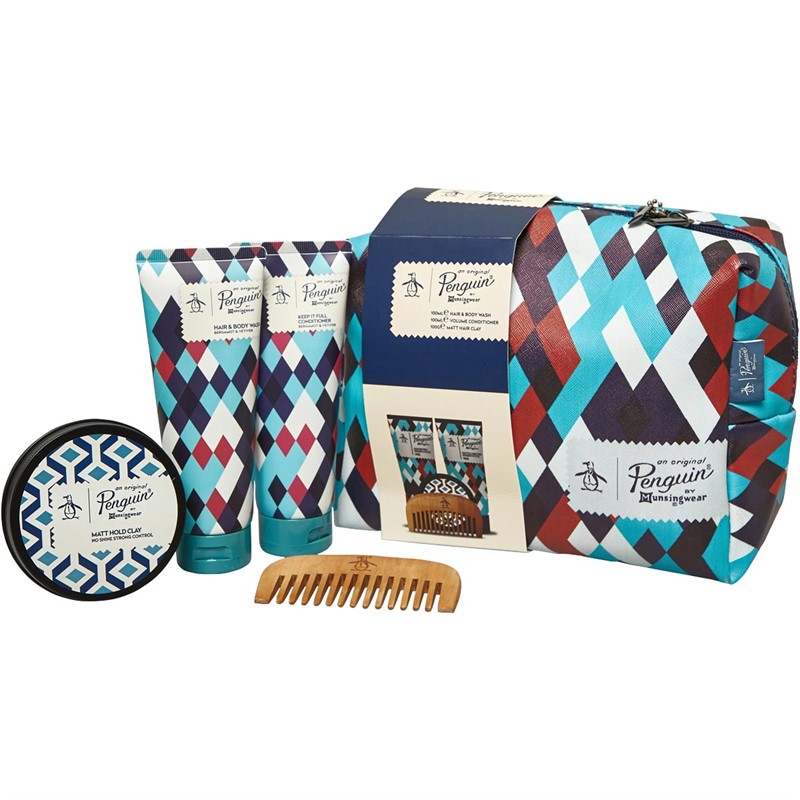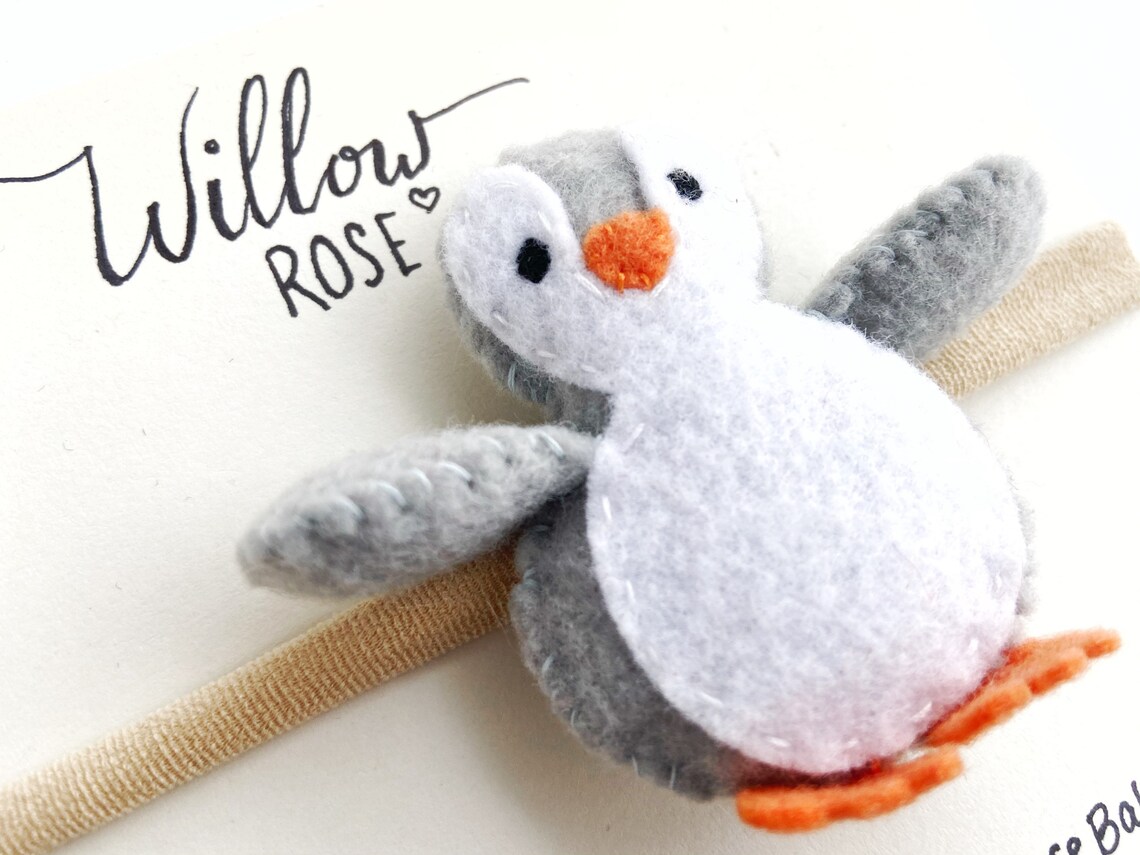Table Of Content
When it comes to penguins, there is a surprising variety of species. Currently, there are 18 recognized species of penguins, each with its own distinct characteristics and adaptations. These species can be found in various regions, from the icy landscapes of Antarctica to the temperate climates of South America, Africa, and the Galapagos Islands. The average life expectancy of penguins is likely around 15 to 20 years, with some individuals live considerably longer.
Emperor Penguin with Yellow Hair
Click on any of the names below to learn about the unique features of each bird. Every species of Rockhopper penguin is distinguished by its vivid yellow “eyebrows” and yellow plumes that sit behind each red eye. Due to invasive predators and human activities in their traditional island and shoreline breeding sites, they are becoming progressively rarer. Fiordland penguin is also known as the thick-billed penguin, New Zealand crested penguin, tawaki, and Victoria penguin.
Humboldt Penguin
According to the IUCN, the northern rockhopper is an endangered species with a declining population. Its primary threats include oil spills, overfishing, climate change, and introduced species, such as house mice. It’s unclear why, but the global population of erect-crested penguins has been steadily decreasing since at least the mid-twentieth century.
B. Unique Characteristics of Penguins
Young king penguins don’t fledge until they are about 14 to 16 months old, so you will see chicks in a king penguin colony all year long. It’s also easy to tell the king and emperor penguins apart in the wild because they don’t live in the same regions. Emperor penguins are true Antarctic birds while king penguins live on South Georgia, the Falkland Islands (Islas Malvinas), Tierra del Fuego, and other sub-Antarctic Islands. Penguins are flightless seabirds that live almost exclusively below the equator. Some island-dwellers can be found in warmer climates, but most—including emperor, adélie, chinstrap, and gentoo penguins—reside in and around icy Antarctica. A thick layer of blubber and tightly-packed, oily feathers are ideal for colder temperatures.
The juvenile plumage of a chinstrap penguin has tiny dark streaks on the fore face, which are more apparent around the eye. The chicks of a chinstrap penguin have a first down that is pale grey all over, often with paler coloring on the head. The second feathers are brownish-grey on the upper parts, and the underparts are a dirty creamy white. Macaroni Penguin chicks are born with a down of grey that covers the upper parts, head, chin and throat. The second down is similar to the first, although the dark areas become more of a greyish-brown.
Penguins With Yellow Hair: Everything You Need To Know
The Fiordland penguin is also called the New Zealand crested penguin, the thick-billed penguin, the tawaki, and the Victoria penguin. The crest of these penguins is a swath of yellow feathers that starts at the tip of their upper beak. These things that people call eyebrows go all the way up to the top of the head and hang down the middle of the back of the neck. It’s possible that the Yellow-Eyed Penguin, or Megadyptes antipodes, has the most distinctive coloring of all of the penguin species that have yellow feathers on their heads.

Humboldt Penguins are known for their unique braying call and their ability to dive deep into the ocean in search of food. Galapagos Penguins, on the other hand, are the only penguin species that live north of the equator. Most penguin species go through one complete molt (shed their feathers) each year, usually after the breeding season. The exception is the Galápagos penguin, which usually goes through two molts per year. Their bodies are adapted for swimming and diving in the water, with some species able to reach speeds up to 15 miles per hour.
Penguins With Yellow Hair
Saving Hair During Chemo - Penguin Cold Cap - Oprah.com
Saving Hair During Chemo - Penguin Cold Cap.
Posted: Thu, 14 Jun 2018 16:04:55 GMT [source]
They have developed thick layers of blubber and dense feathers to keep themselves warm. Emperor Penguins, in particular, are known for their remarkable breeding habits, enduring the long, dark winters by huddling together in large groups. For example, the Emperor Penguin, the largest of all penguins, is known for its striking black and white plumage and its ability to withstand the harsh Antarctic winters.
Rockhopper Penguin
Penguins come in various sizes, ranging from the petite to the impressively large. In addition to being a popular tourist attraction, Boulders Beach plays a crucial role in penguin conservation. The beach is part of the Table Mountain National Park Marine Protected Area, which helps safeguard the penguins’ habitat and ensures their long-term survival.

When seen in pairs during breeding season, royal penguins are one of the easiest penguins species to visually identify males from females. Males have larger bills and white cheeks while females often have gray colored cheeks. They generally live on islands and remote continental regions with few land predators, where their inability to fly is not detrimental to their survival. They are adapted to living at sea, and some species can spend months at a time at sea. Their diet varies slightly on the species of penguins, which have slightly different food preferences. Last but not least, we have the macaroni penguin (Eudyptes chrysolophus).
There are several varieties of penguins that have yellowish-colored feathers. You will get the opportunity to become acquainted with each types of penguins in this blog written by our professional writers at BetterPetsLife. In conclusion, the plight of endangered penguins is a pressing concern that requires immediate attention.
Adults weigh on average 5.5 kg (12 lb) and are 70 cm (28 in) in length. The male and female are similar in appearance; the male is slightly larger and stronger with a relatively larger bill. Like all penguins, it is flightless, with a streamlined body and wings stiffened and flattened into flippers for a marine lifestyle. In addition, the yellow feathers form a splash just below the neck region.
While the female goes to sea to feed for several weeks, the male incubates the egg. When the female returns to her mate, the egg is typically about to hatch. During the courtship, nesting, and incubation periods, the male fasts and lives off reserves of body fat. Most penguin species of penguins are monogamous, where one male breeds only with one female during a mating season. Some female penguins may have one to three partners in one season and some males may have one or two partners.
African Penguins have distinctive black and white markings, with a black stripe across their chest and a pink gland above their eyes. They are well-adapted to life in the water and are excellent swimmers, using their wings as flippers to navigate through the ocean. In conclusion, the world of penguins is a diverse and fascinating one.

No comments:
Post a Comment